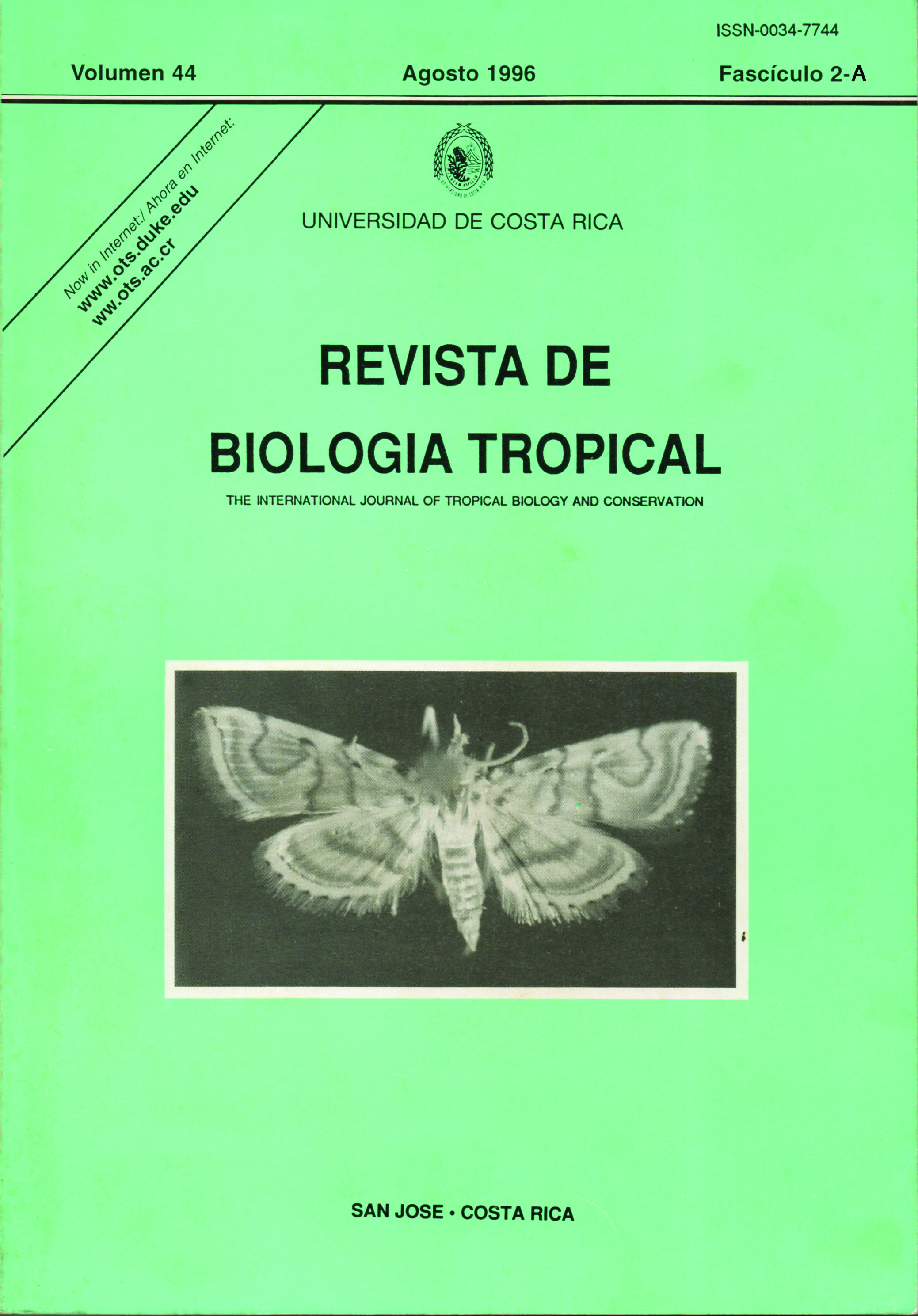Abstract
Taking the view that morphological characteristics represent behavioral strategies of plants to cope with environmental pressures, we defined 18 life-forrns, using multivariate classification techniques in a tropical semiarid ecosystem in Central Mexico. A multiple discriminant analysis confirrned the existence of these groups. A nul! model of random rnembership of species to life-forrns was significantly different from our classification. Vegetation-envíronment relationships were exanúned wíth Detrended Canonical Correspondence Analysis (DCCA). Ordínation axes were ínterpreted mainly by altitude and soíl moisture. Response curves of life-forrns along these gradients were explored fitting generalized linear models (OLIM's). We believe that the life-forrns approach for the study of vegetation-envíronment relationships ís a valid alternative to the tradítional specíes approach usually used in phytosociological research because: í) lífe-forrns number was found to be an excellent specíes diversity predictor, ii) this approach enables considerable reduction in the bulk of data without losing ecological inforrnation, and iíi) life-forrns represent ecological strategies per se and, they constitute an index of the number of different ways the desert's resources are utilízed##plugins.facebook.comentarios##

This work is licensed under a Creative Commons Attribution 4.0 International License.
Copyright (c) 1996 Revista de Biología Tropical
Downloads
Download data is not yet available.


